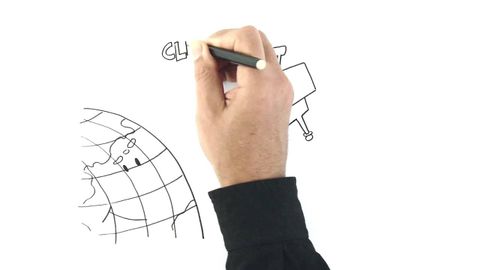
Subtitles & vocabulary
Geography: What is it for?
00
CUChou posted on 2014/11/28Save
Video vocabulary
people
US /ˈpipəl/
・
UK /'pi:pl/
- Noun (Countable/Uncountable)
- Persons sharing culture, country, background, etc.
- Men, Women, Children
- Transitive Verb
- To populate; to fill with people.
A1
More think
US /θɪŋk/
・
UK /θɪŋk/
- Verb (Transitive/Intransitive)
- To have an idea about something without certainty
- To have an idea, opinion or belief about something
A1
More consider
US /kənˈsɪdər /
・
UK /kən'sɪdə(r)/
- Verb (Transitive/Intransitive)
- To think carefully about something
- To believe someone or something to be something.
A1TOEIC
More place
US /ples/
・
UK /pleɪs/
- Transitive Verb
- To put someone in a particular type of situation
- To put something in a certain location or position
- Noun (Countable/Uncountable)
- Particular location, area or region
- A position in a sequence or structure.
A1TOEIC
More Use Energy
Unlock All Vocabulary
Unlock pronunciation, explanations, and filters
